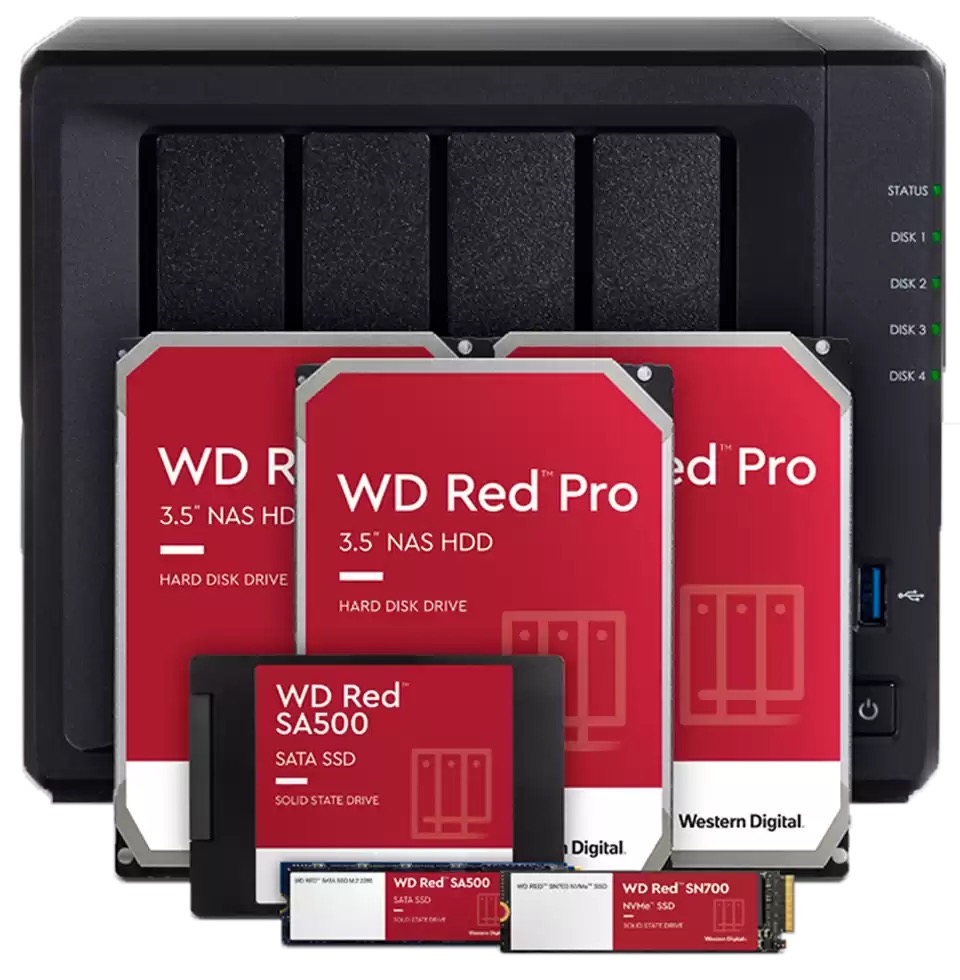Press Release: The modern world is based on data. They play an extremely important role, especially in companies that are completely dependent on this information. This means that even in the smallest companies, IT managers or owners must address storage strategies and give them maximum attention. It is not only necessary to store the data somehow, but above all to protect it.
How to get started with backups
It is a useful framework for the proper implementation of data storage needs in small and medium-sized companies the three-two-one rule, which will ensure the implementation of suitable backup solutions.
- Three: every business should have three versions of data, one as a primary backup and two copies
- Two: backup files should be stored on two different types of media
- One: of the copies should be stored outside the company's premises or outside the workplace
By applying the three-two-one rule, SMB managers and IT teams should lay a solid foundation of proper backup and reduce the risk of data compromise. IT managers should then thoroughly examine their company's backup requirements and assess the best possible solutions. In today's market, there are several options to consider, in different price ranges and with different features. Even in smaller businesses, it's usually optimal to have at least two systems that complement each other and ensure data security, rather than relying on just one solution.

Hard drives: Inexpensive, high capacity
Since the introduction of hard disk drives (HDD) almost 70 years their capacity and performance increased significantly. These devices are still very popular because approx 90% of exabytes in data centers it is stored on hard drives.
In small and medium-sized companies, large amounts of data can be efficiently stored on hard drives in a cost-effective manner. Today's storage devices feature innovative technologies that further increase storage capacity, shorten data access times, and reduce power consumption using methods such as helium-filled disks, Shingle Magnetic Recording (SMR), OptiNAND™ technologies, and three-stage and two-stage actuators. All of these features – high capacity, performance and low consumption – can be used to assess solutions against total cost of ownership (TCO) – the total cost of acquiring, installing and operating an IT infrastructure.

In addition to being suitable for small and medium-sized businesses, hard drives are also incredibly useful in a cloud environment or for businesses with a mission-critical need to store huge amounts of data. Hard drives tend to be located in storage tiers with moderate access (so-called "warm storage"), archives, or secondary storage that do not require exceptionally high performance or mission-critical real-time transaction processing.
SSD drives: For high performance and flexibility
SSD disks are used in cases where companies need to have high performance available and run many extremely diversified computing tasks at the same time. Thanks to their speed, durability and flexibility, these devices are the best choice for small and medium-sized businesses that need quick access to their data. They are also more energy efficient, helping to reduce running energy costs and emissions.
When choosing the right SSD option for SMBs, managers must consider durability, performance, security, capacity, and size to store data in a way that meets the company's needs. Compared to hard drives, SSDs come in different formats, most commonly 2,5-inch and M.2 SSDs. The dimensional format ultimately determines which SSD drive is suitable for a given system and whether it can be replaced after installation.

IT managers also need to focus on which interface variant is most suitable for their purposes. When it comes to interfaces, you have three options to choose from: SATA (Serial Advanced Technology Attachment), SAS (Serial attached SCSI) and NVMe™ (Non-Volatile Memory Express). The latest of these interfaces is NVMe, which is characterized by low latency and high bandwidth. For businesses that need very fast access to their workloads, NVMe is the ideal choice. Although SATA and SAS interfaces can be found on SSDs and HDDs, the NVMe interface is only for SSDs and is the most interesting from the point of view of innovation.
Network storage, direct-attached storage and public cloud
Across industries, storage solutions can generally be divided into three popular categories: Network-Attached Storage (NAS), Direct-Attached Storage (DAS), and the cloud.
NAS storage is connected to the network via a Wi-Fi router or Ethernet and allows collaboration between users who are also connected to the same network. This backup solution can be used in a wide variety of cases such as web/file servers, virtual machines and central media storage. Although these applications appear complex, most of the software is simple and user-friendly. For smaller businesses, this ease of use can be ideal for smaller teams with limited technical expertise.
DAS storage is not connected to a network, but directly to a computer in the form of desktop or portable external storage. It increases the storage capacity of a local computer, but cannot be used to facilitate network-wide access or collaboration because it connects directly via USB, Thunderbolt, or FireWire. These solutions can be implemented through hard drives to increase capacity or through SSDs to increase performance. DAS solutions are ideal for the smallest organizations that don't need to collaborate on files, manage smaller amounts of data, or for frequent travelers who need an easy-to-connect solution on the go.
Using cloud solutions at regular intervals or automatically is an extremely effective way to ensure that important data is backed up. However, depending on what these are for informace used, teams may not always be able to collaborate using cloud solutions. Also, lack of visibility into where the cloud is hosted can cause problems in terms of international data protection laws. For this reason, cloud solutions are ideally only part of a data storage strategy together with DAS or NAS.
Know your business, know your backup
Small and medium-sized business owners must educate all their employees about the importance of backups to ensure data protection. Even in the smallest organizations, it is necessary to implement a reliable system that ensures consistency and ultimately protects company data.
Data teams at all levels need to know how to implement backup best practices. Using the right strategies and solutions, a reliable backup strategy is as easy as three-two-one.




Discussion of the article
Discussion is not open for this article.